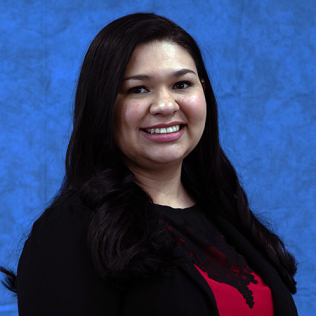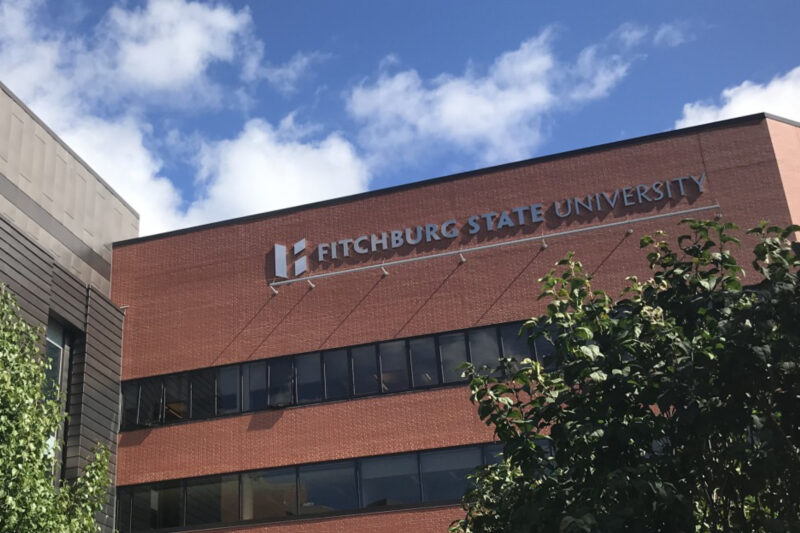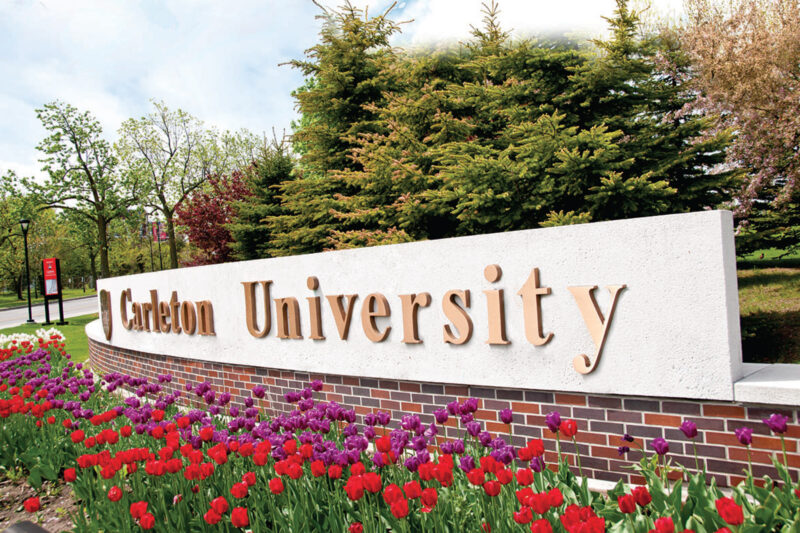Executive summary
In 2015, Southeastern Oklahoma State University (SE) was at risk of losing its master’s programs due to low enrollment. SE leveraged online learning to reach working adults in their region. Through their partnership with Risepoint, SE now supports more than 3,000 graduate students, the majority of whom use their skills to further strengthen the Durant and greater Dallas region.
Key results
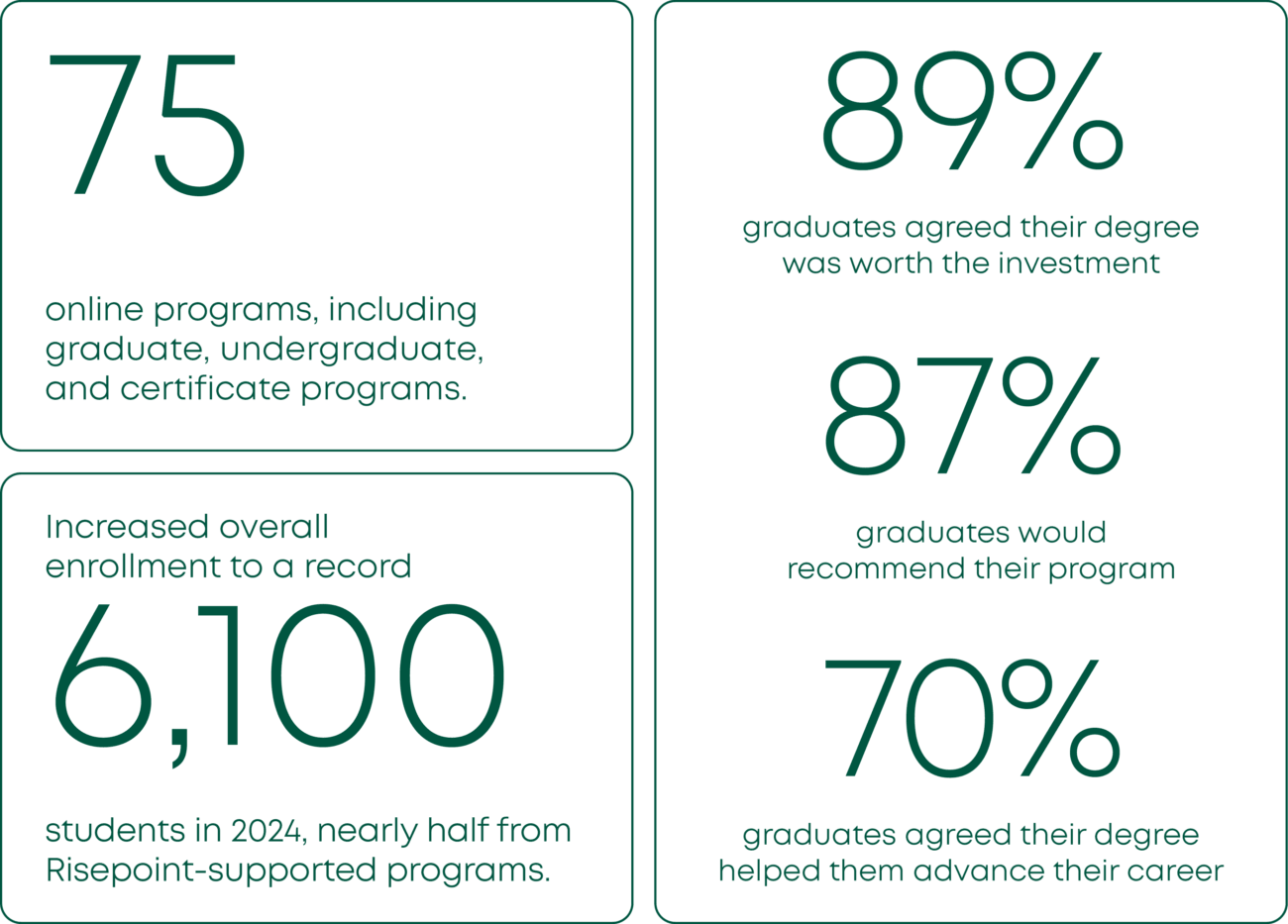
Staying true to Southeastern Oklahoma State University’s mission
Southeastern Oklahoma State University was founded in 1909 as a “normal school,” in other words, a teachers’ college. As the school expanded, its mission remained the same: to educate community-serving professionals. The university is a pillar in the Durant, Oklahoma community, a region that is home to the Choctaw and Chicasaw Nations. As a regional public university, SE provides access to high-quality education and upward mobility to underserved populations and feeds the employment pipeline for local businesses, schools, and healthcare systems.
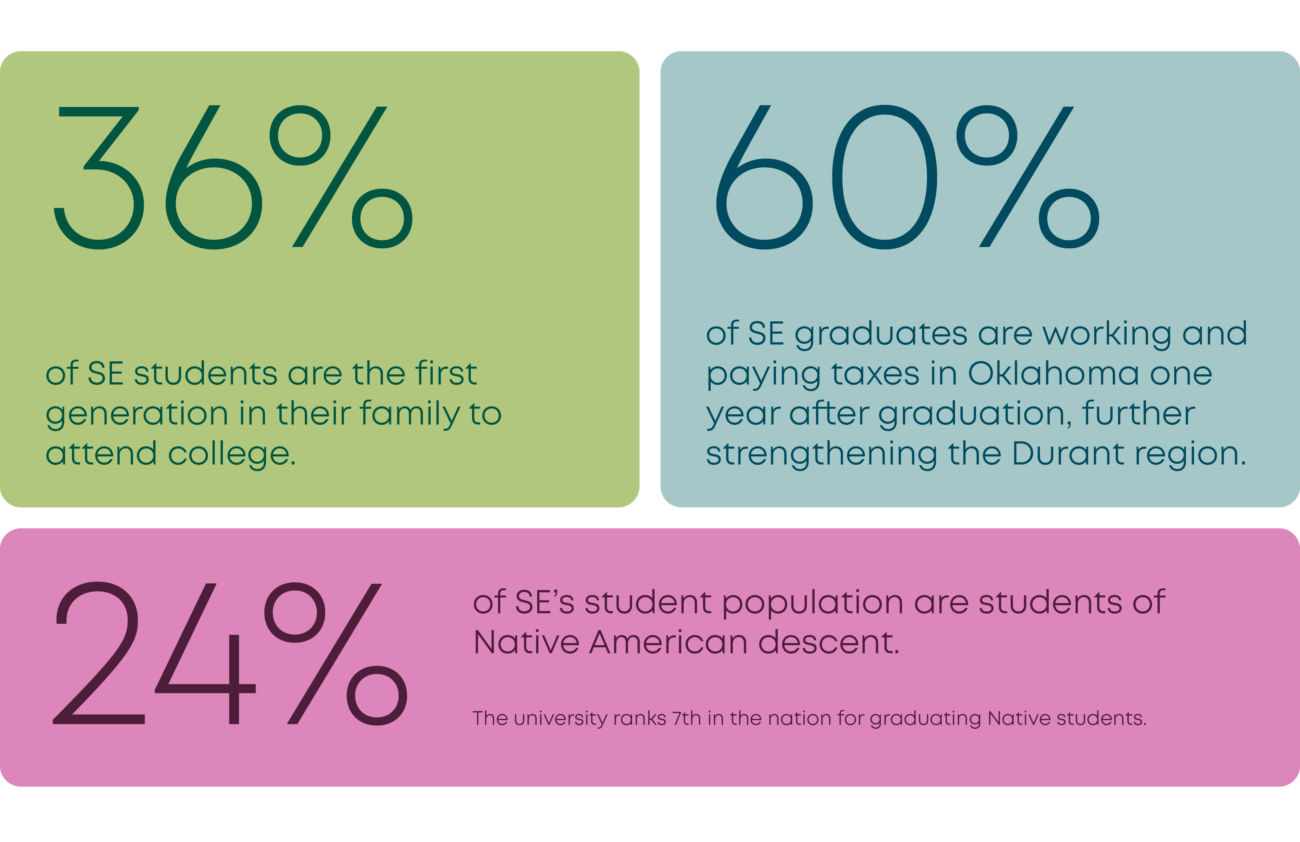
Stabilizing graduate programs through online learning
In 2015, Southeastern Oklahoma State University was at risk of “teaching out” its master’s programs. As a stronghold in the region, it was important that Southeastern consider ways to stabilize the graduate programs by supporting learners in the way that they wanted to learn. SE planned to offer learning online to reach students in a format that is more flexible for working adults. Initially, the university used internal resources to launch and manage its online programs, but quickly realized they required outside assistance to achieve their objectives.
In 2016, Southeastern partnered with Risepoint to support them with launching online MBA programs. Over time, the university expanded its online portfolio to include education, undergraduate, and healthcare programs. Now, students can choose from 75 online graduate, undergraduate, and certificate programs. SE supports more than 3,000 online graduate students, the majority of whom use their skills to further strengthen the Durant and greater Dallas region.
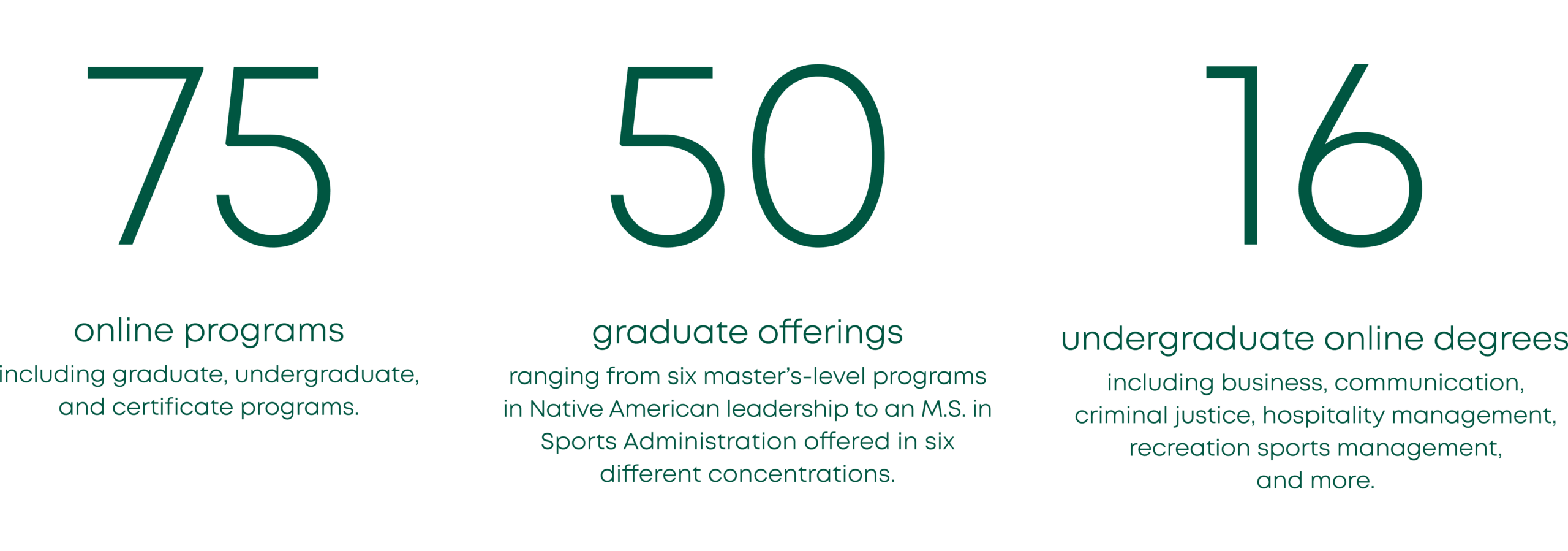
Driving impact for students
With the convenience of online programs, more working adults are able to pursue education through Southeastern Oklahoma State University. Working adults, who require the flexibility of taking courses wherever they are and whenever they can fit it in, can still benefit from the dedicated faculty and community connections that Southeastern has offered since 1909.
Outcomes for Southeastern’s online students are overwhelmingly positive — a recent study by Ipsos found that 89% of Southeastern Oklahoma State University graduates of online programs agreed that their degree was worth the investment.

Driving impact for the region
Graduates of Southeastern Oklahoma State University’s programs are better equipped to support their communities and the greater Durant region. Students earn workforce-relevant skills and knowledge through both their coursework and Southeastern’s community connections.
Southeastern Oklahoma directly partners with local businesses who employ their students and support the community’s economy. These relationships are mutually beneficial — employers inform curriculum to ensure students are learning skills that are most needed by employers.
Staying true to its history, Southeastern largely educates those that are community-serving, including teachers and healthcare workers. Expanding access to education for educators and healthcare workers is especially important during the nation’s current nursing and education shortages. In Oklahoma specifically, the healthcare shortage is dire. The state ranks 46th among states in the US in terms of nurses per capita.
Conclusion
Expanding access to high-quality education is at the core of Southeastern’s mission and isn’t limited to the tight-knit Durant, Oklahoma community. Online learning presents the opportunity to offer impact on an even larger scale. Introducing online programs allowed to Southeastern to be innovative without sacrificing the community-focused, high-quality education that they have always provided.
